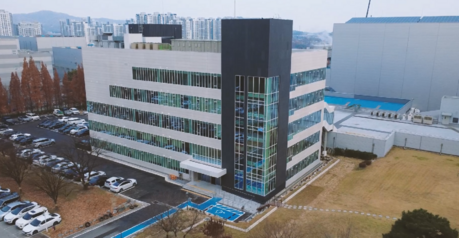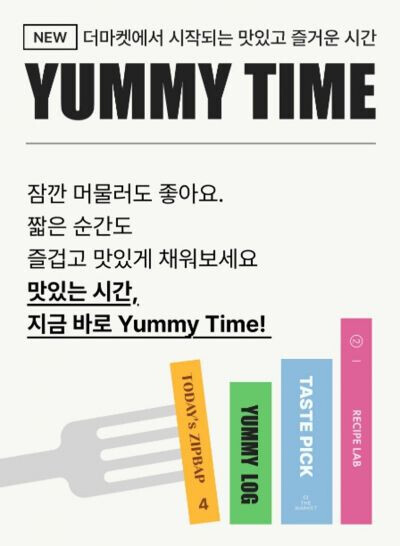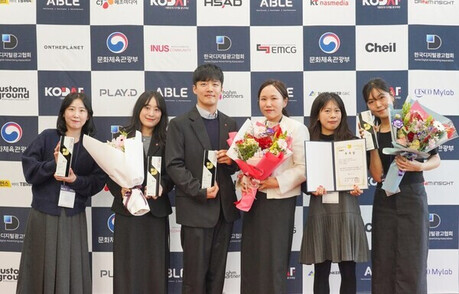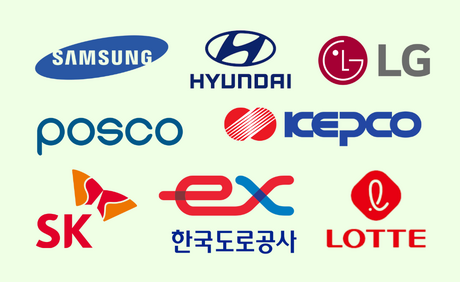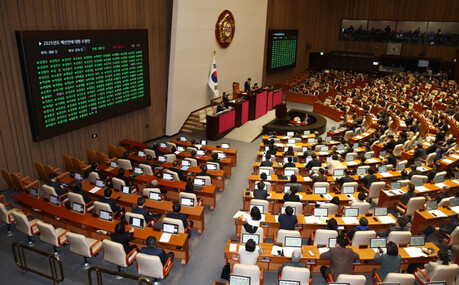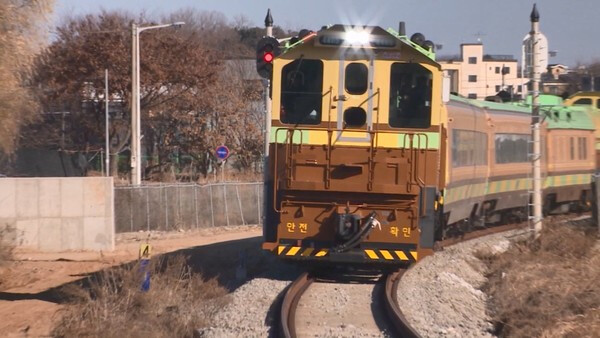
SEOUL, South Korea – The National Rail Authority (Korea National Railway, KNR) Seoul Metropolitan Regional Headquarters announced today, May 30th, that it will commence design work early next month for facility improvements on the 31.6-kilometer section of the Gyooe Line in northern Gyeonggi Province. These upgrades aim to enhance convenience for local residents utilizing the railway service.
The Gyooe Line, originally opened in 1963, ceased operations in 2004 due to accumulating deficits. After nearly two decades, it remarkably resumed service on January 11th of this year, marking a significant milestone for regional connectivity. This re-opening has been met with enthusiasm from residents who had long awaited the return of this vital transportation link. The line connects Uijeongbu, Yangju, and Goyang, serving as a crucial artery for commuter traffic and facilitating access to various areas within the northern Gyeonggi region.
Comprehensive Safety Inspections Precede Renovation Plans
Prior to initiating the design phase, KNR, in collaboration with Korea Railroad Corporation (Korail), conducted a thorough joint inspection of the Gyooe Line's railway facilities. From April 7th to April 25th, multidisciplinary inspection teams, encompassing civil engineering, track, architecture, and systems, comprehensively assessed the stability and functional status of the railway infrastructure. This meticulous examination was critical to identifying areas requiring immediate attention and formulating a robust plan for long-term improvements.
"The Gyooe Line is both a source of vitality for transportation in northern Gyeonggi and a crucial means of transit for local residents," stated Choi Young-hwan, head of the Seoul Metropolitan Regional Headquarters. "We are committed to doing our utmost in facility management to ensure citizens can use the Gyooe Line more safely and comfortably."
Addressing Immediate Needs and Planning for Future Enhancements
The joint inspection revealed several areas that required immediate remediation due to safety vulnerabilities or urgent operational needs. These critical fixes have already been completed, ensuring the immediate safety of the resumed operations. Looking ahead, KNR has identified 15 specific facility improvement projects that will enter the design phase next month. These projects include essential upgrades such as fence installations, slope reinforcement, and drainage system improvements. The phased implementation of these enhancements is scheduled to conclude by the end of next year.
The scope of these improvements extends beyond basic maintenance. While the initial reopening focused on essential repairs to make the line operational, the current design phase delves deeper into modernizing the infrastructure to meet contemporary safety standards and passenger expectations. This includes not only the physical integrity of the tracks and surrounding structures but also potential considerations for improved signaling systems, station accessibility, and passenger amenities at the various stops along the route.
Broader Economic and Social Impact
The resumption of the Gyooe Line's service and the subsequent investment in its infrastructure are expected to have a significant positive impact on the northern Gyeonggi region. Improved transportation links can boost local economies by facilitating easier access for commuters to job centers and for residents to commercial and recreational areas. It also contributes to reducing road congestion and promotes environmentally friendly modes of transport. For communities like Uijeongbu, Yangju, and Goyang, the Gyooe Line represents more than just a railway; it symbolizes renewed connectivity and potential for growth.
Furthermore, this investment aligns with broader national efforts to strengthen regional development and ensure balanced growth across the country. By revitalizing neglected infrastructure, the government aims to enhance the quality of life for residents outside major metropolitan centers and foster greater economic dynamism in diverse regions.
Looking Ahead: A Modernized Gyooe Line
The completion of the design phase and the subsequent execution of these improvement projects by the end of 2026 will transform the Gyooe Line into a safer, more reliable, and more comfortable commuting option for the residents of northern Gyeonggi. This ongoing commitment to infrastructure development underscores the importance of rail transport in South Korea's national strategy, reinforcing its role not only in economic activity but also in the daily lives of its citizens. As the project progresses, stakeholders and local communities will undoubtedly be keen to see the tangible benefits of these significant upgrades materialize.
[Copyright (c) Global Economic Times. All Rights Reserved.]
















